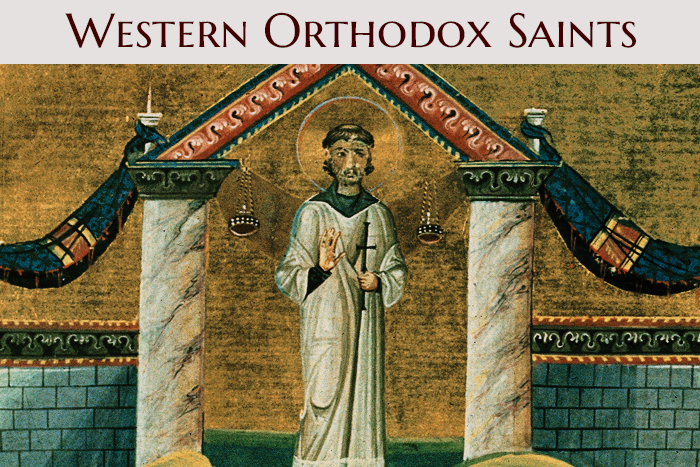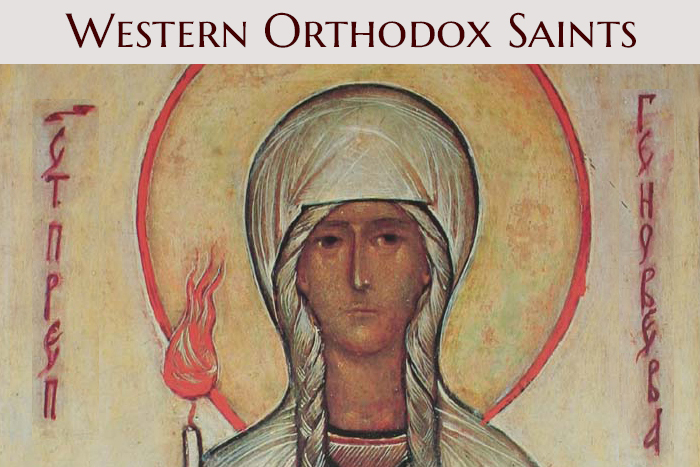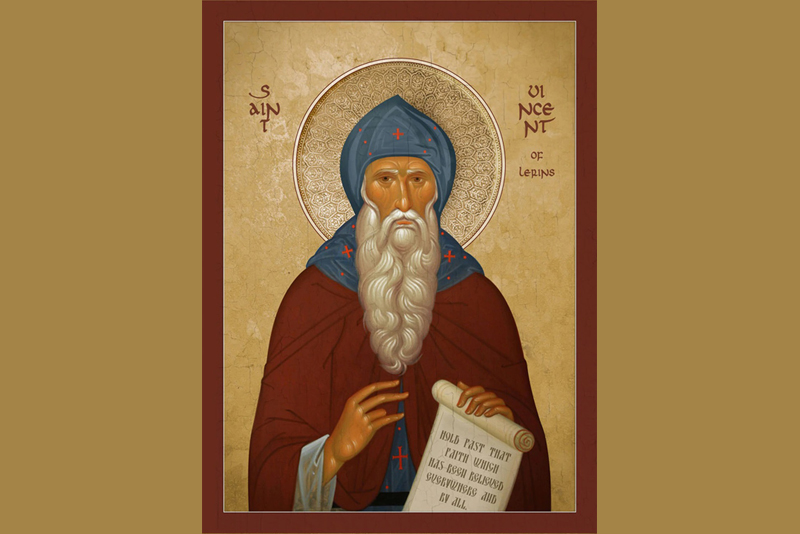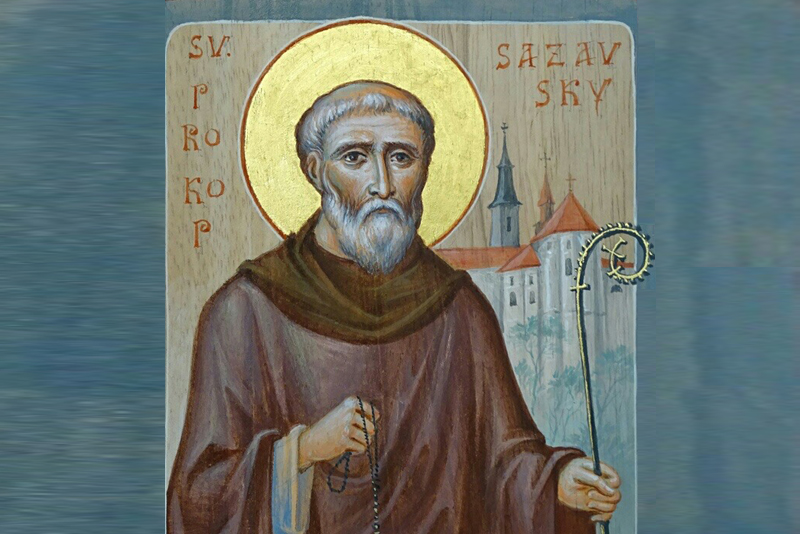
The memory of the Orthodox martyr Vincent of Saragossa from Spain was commemorated on November 11/24. It was decided to establish a celebration of the Synaxis of the Spanish and Portuguese Saints in 2018, which includes the memory of Martyr Vincent, who has long been honored in the Church. What was this saint admired for?
Martyrdom. The earliest account of St. Vincent’s suffering for Christ is found in the works of the Roman Christian poet Prudentius (4th century), who compiled a collection of lyrical poems Martyrs’ Wreaths about Spanish and Roman martyrs. The future saint was born at the end of the 3rd century in the town of Huesca, near Saragossa (Augustopolis), Spain. His father’s name was Euthicius and his mother was Enola. Vincent lived most of his life in Saragossa and, having received a good education and possessing rhetorical talent, was made a deacon by Saint Valerius of Saragossa. As a deacon, Vincent received the blessing of his bishop to preach in the entire diocese.
Soon the last great persecution of Christians during Diocletian’s rule began. Saints Valerius and Vincent were captured by Roman soldiers, who, torturing them with thirst and hunger, dragged them behind horses to Valencia for trial, where the prefect Publius Dacianus had arrived. The clerics were thrown into the local prison and promised to be released if they burned the Scriptures. They refused, and Saint Vincent boldly said that he was prepared to endure all for his faith. The holy deacon was subjected to fierce tortures: he was tied to a rack and brutally sliced with iron strings, burnt with hot iron and his wounds were sprinkled with salt. Then they threw him again into the dungeon, the floor of which was covered with broken roof tiles. Vincent endured torture with such peace of mind that it impressed his prison guard who repented and turned to Christ. Having remained faithful to the Lord, the saint died on a red-hot grid, thus repeating the deacon Lawrence’s feat. Later his body was dumped in a bag into the sea, but it was found by Christians, and then the Spanish deacon was honored by the whole Church.
Notable Facts
1. Vincent was widely revered by all the Orthodox: in Africa, St. Augustine dedicated four great sermons to him; there was a church in Constantinople in honor of the saint, whose memory is still celebrated along with the Martyr Menas, who suffered on the same day. His veneration in Spain was so ample that there was even a special text of the liturgy in his honor in the ancient Mozarabic (Iberian) liturgical rite.
2. The bishop who had consecrated Vincent to the clergy was tongue-tied, so Vincent preached on his behalf. When St. Valerius was being questioned in prison, he was speaking too quietly and indistinctly, so Vincent gave a defensive speech on his behalf, and it was he who was tortured. The elderly bishop was not executed but sent into exile.
3. When the martyr’s body was dumped on the ground and nobody was allowed to bury him, some ravens came to the relics (according to another version, it was an angel disguised as a raven) and drove away scavengers and wild beasts. The soldiers decided to throw the body into the sea, but the waves pushed it back to the shore, after which it was buried by Christians with honors, and a church was erected over the relics. During the period of Muslim rule in Spain, the Arab geographer Al-Idrizi described the church, which was constantly surrounded by ravens, and called it “The Church with the Ravens”.
4. In 1173, King Afonso I the Great of Portugal (†1185) found the reburied relics of Vincent and took them to the cathedral of his capital with honors, to be revered as the patron saint of the city. The ship with the relics was accompanied by two ravens all the way to the city. The ravens were then displayed on the coat of arms of Lisbon.
5. A group of islands discovered by Christopher Columbus on the day of the saint’ memory were named after him.
Holy Martyr Vincent, pray to God for us!
You can order an icon of any saint in our icon-painting studio



